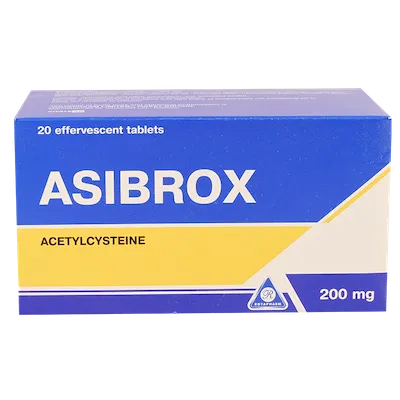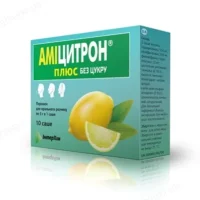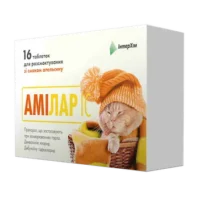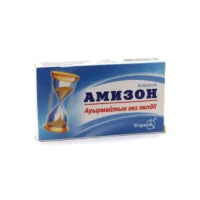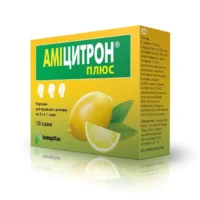Description
Asibrox (Acetylcysteine) Effervescent Tablets 200 mg. №20
Composition
Each effervescent tablet contains 200 mg of acetylcysteine as the active ingredient.
Mechanism of Action
Acetylcysteine acts as a mucolytic agent by breaking down mucus in the respiratory tract, facilitating expectoration.
Pharmacological Properties
Acetylcysteine reduces the viscosity of mucus, enhances lung function, and decreases exacerbations in chronic respiratory conditions.
Indications for Use
Asibrox effervescent tablets are indicated for the treatment of respiratory conditions such as bronchitis, COPD, and cystic fibrosis.
Contraindications
Avoid using Asibrox tablets if allergic to acetylcysteine or any other components of the product.
Side Effects
Common side effects may include nausea, vomiting, and rash. Contact a healthcare provider if experiencing severe adverse reactions.
Usage Instructions
Take one tablet dissolved in a glass of water orally once daily. Do not chew the tablets.
Benefits Compared to Analogues
Asibrox offers effective mucolytic action with a convenient effervescent formulation, enhancing patient compliance and ease of administration.
Suitable Patient Groups
Asibrox is suitable for adults, children, and the elderly with respiratory conditions requiring mucolytic therapy.
Storage and Shelf Life
Store Asibrox in a cool, dry place away from direct sunlight. Check the expiration date on the packaging and do not use after the specified date.
Packaging Description
Asibrox is available in blister packs containing 20 effervescent tablets.
Clinical Evidence and Proven Effectiveness
Studies have demonstrated that acetylcysteine can effectively reduce mucus viscosity, improve lung function, and reduce exacerbations in patients with chronic respiratory conditions. It is an essential component in the management of respiratory diseases.

